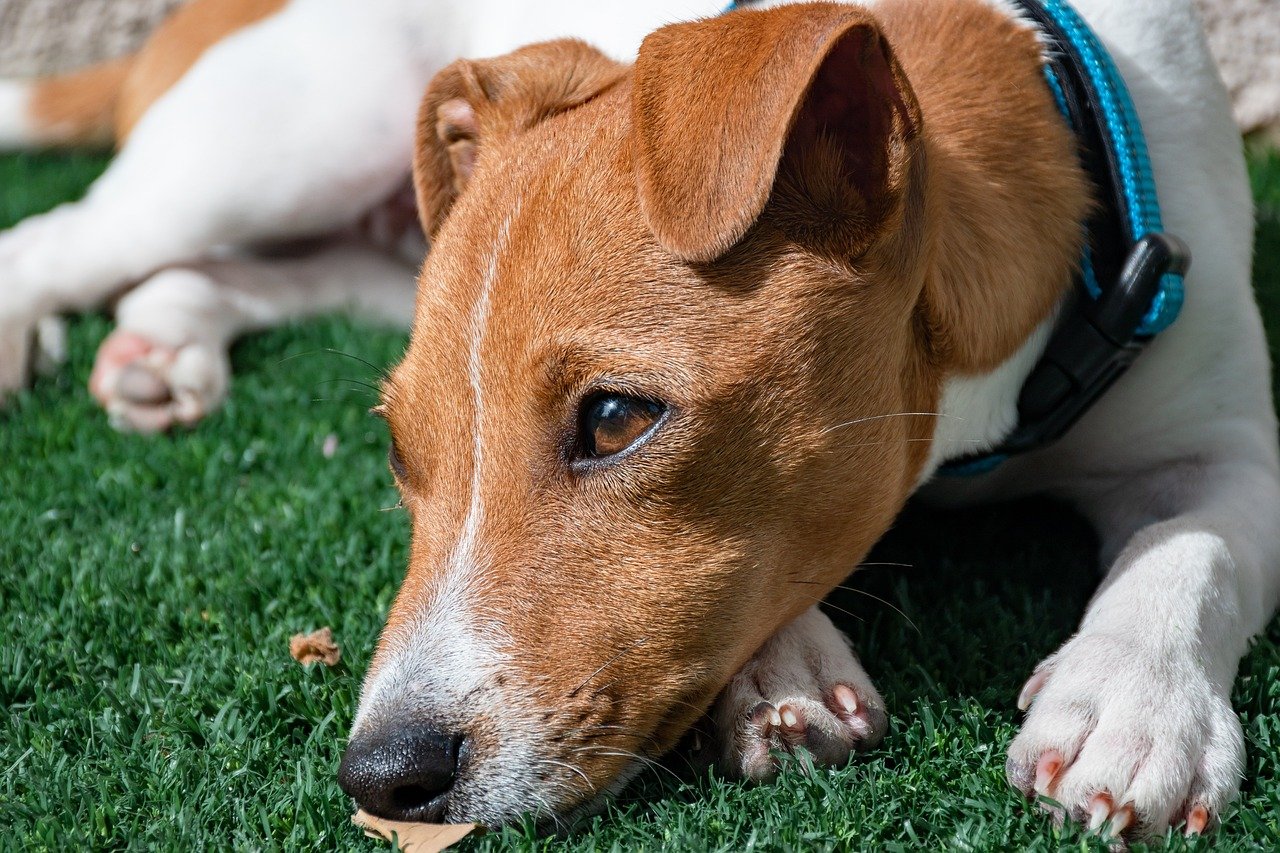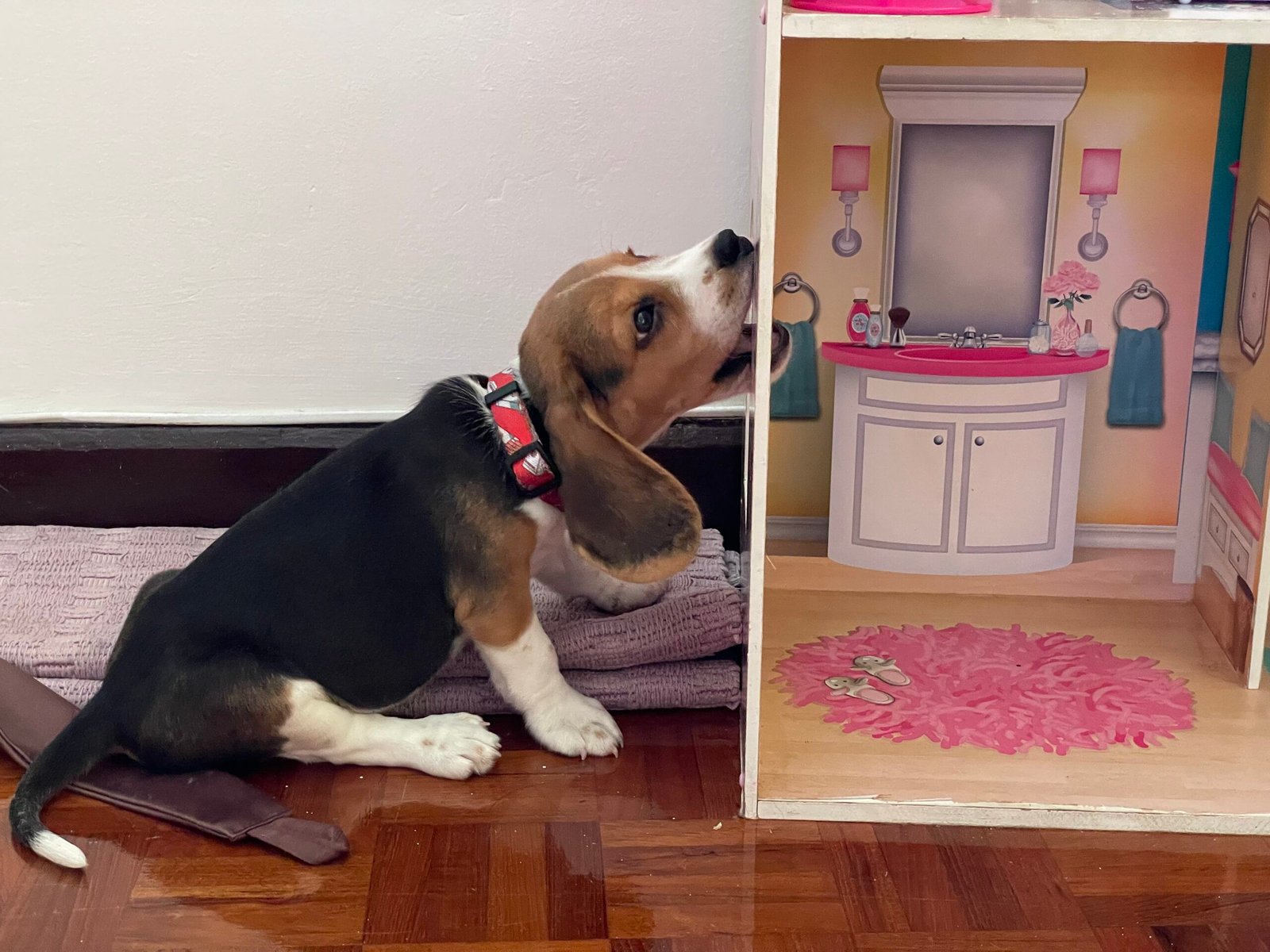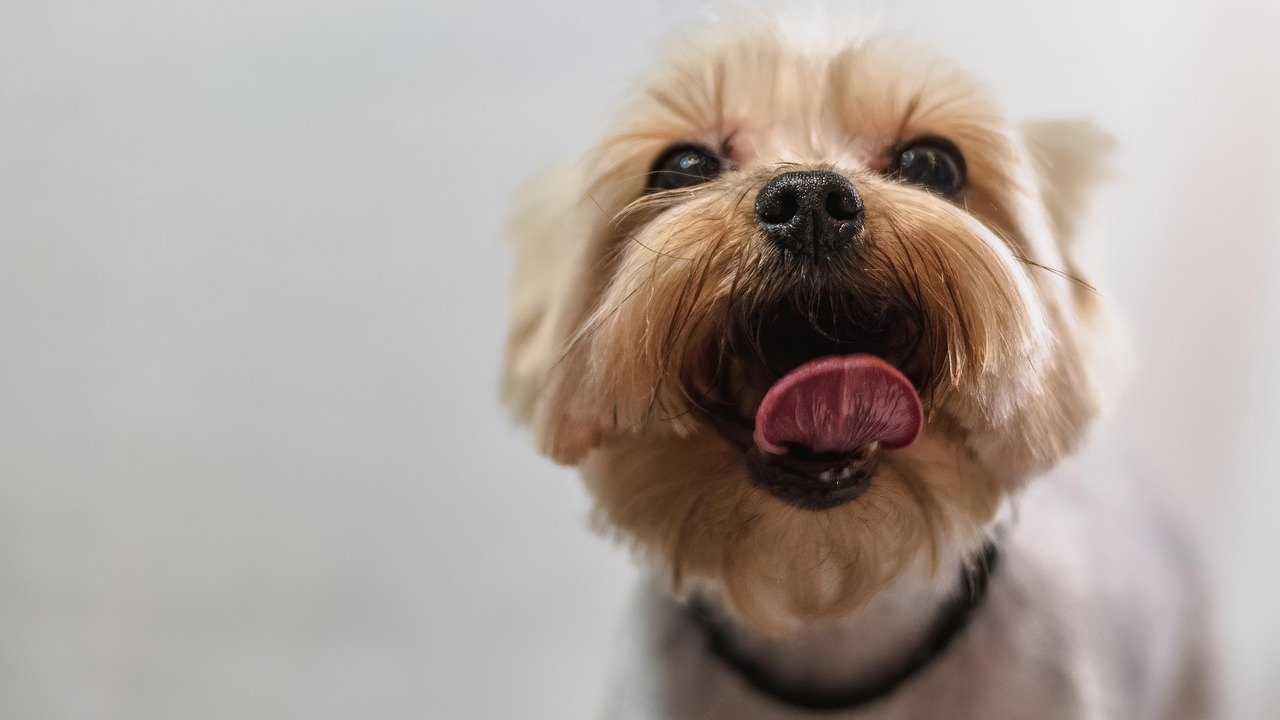Is your dog acting a little off lately? Maybe they’re not wagging their tail as much or have lost interest in their favorite game of fetch. It might surprise you, but dogs can experience emotions just like people do—including sadness and even depression. On the flip side, when your pup is happy, their joy can light up a whole room. As dog lovers, it’s heartbreaking to see our furry friends feeling down, but understanding the signs can make all the difference. Today, let’s dive into the clear signs that your dog might be struggling, as well as the heartwarming clues that say they’re content and loving life.
Lack of Interest in Play

Have you noticed your dog ignoring their favorite squeaky toy or ball? When dogs are happy, playtime is a highlight of their day. If your dog suddenly seems uninterested in playing, especially with toys or games they once loved, it might be a red flag. Play is a natural way for dogs to express energy, curiosity, and joy. A sudden lack of interest could indicate that something’s off emotionally.
Think about the last time you saw your dog’s tail wag at the sight of their leash. If those moments are becoming rare, your pup could be feeling down. Just like kids who suddenly stop playing with their toys, dogs withdrawing from activities is a clear sign of distress or depression. This behavioral change often signals a deeper emotional issue needing attention.
Changes in Eating Habits
Dogs are creatures of habit, especially when it comes to food. If your dog is suddenly eating less, skipping meals, or showing no excitement at dinnertime, it could be more than just a picky phase. Loss of appetite is a classic symptom of depression in both humans and animals. Sometimes, a depressed dog might even overeat as a way to self-soothe, though this is less common.
Watch for any significant weight changes, as these can quickly impact your dog’s health. If you find yourself coaxing your dog to eat or noticing untouched food bowls, it’s time to pay attention. Just like people who lose their appetite when feeling blue, dogs can signal their sadness through their eating patterns.
Excessive Sleeping or Lethargy
While dogs love their naps, excessive sleeping or a lack of energy isn’t normal. If your usually lively pup is suddenly sleeping all day or seems reluctant to get up, this could be a sign they’re feeling depressed. It’s normal for dogs to rest a lot, but drastic changes in sleep patterns are cause for concern.
A lethargic dog might not even perk up for treats or walks. This behavior shows they’re not just tired—they’re emotionally drained. Lethargy in dogs often mirrors how humans feel when they’re down, making it one of the most telling signs of canine depression.
Withdrawal from Family or Other Pets
Dogs are social animals. When they suddenly start avoiding your company or that of other pets, it’s a strong indicator something’s wrong. Maybe your dog used to greet you at the door but now barely lifts their head. Or perhaps they no longer want to cuddle or play with their furry siblings. These are all possible signs of depression.
If your dog starts preferring solitude, hiding away in corners, or seeking less affection, this withdrawal shouldn’t be ignored. Dogs thrive on connection, and when they pull away from those they love, it’s a sure sign their emotional well-being needs some extra care.
Change in Vocalization
Has your dog become unusually quiet, or are they barking or whining more than usual? Both extremes can point toward depression. Some dogs may stop making noise altogether, while others may vocalize their distress with increased whining or howling.
Listen to your dog’s voice. Dogs often communicate their feelings through sounds, and significant changes can be their way of reaching out for help. A normally quiet dog who starts barking incessantly, or a chatty dog who falls silent, is trying to tell you something important.
Destructive Behavior

Destructive chewing, digging, or scratching can be more than just boredom—it can be a cry for help. Sometimes, dogs express their emotional turmoil by tearing up furniture, shoes, or even doors. This behavior can be particularly puzzling if your dog was previously well-behaved.
Just like a frustrated child might throw a tantrum, a depressed dog might act out in ways they never did before. If you notice sudden destructive tendencies, it’s time to consider whether emotional distress might be at the root of the problem.
Increased Aggression or Irritability
Dogs who are feeling low might also become short-tempered. If your friendly pup starts growling, snapping, or showing signs of irritability, depression could be the cause. Mood swings in dogs can manifest as unexpected aggression towards people or other animals.
This change in temperament is a big warning sign. Dogs that feel emotionally unsettled may react unpredictably to situations that never bothered them before. If your dog seems more irritable or less tolerant, don’t dismiss it as a “bad day”—it could be a symptom of depression.
Changes in Grooming Habits

Some dogs may stop grooming themselves when they’re depressed, while others might start licking or chewing excessively at certain spots. Both behaviors are red flags. Over-grooming can lead to bald patches or skin injuries, while under-grooming might leave their coat dull and unkempt.
Grooming is a basic self-care behavior for dogs. When they neglect it or go overboard, something is likely wrong emotionally. Watch for changes in how your dog looks and behaves around grooming time, as these can offer clear clues about their mental state.
Loss of House Training
A dog who suddenly starts having accidents indoors might be experiencing emotional distress. If your house-trained dog begins to urinate or defecate inside, especially in unusual places, it may be more than just a physical problem.
Emotional issues can disrupt even the most reliable routines. Dogs who are depressed may forget their training or simply not care. This can be frustrating for owners, but it’s important to approach the situation with empathy and seek the underlying cause.
Unexplained Physical Ailments
Depression in dogs doesn’t always show up as emotional symptoms—sometimes it’s physical. You might notice your dog limping, scratching, or appearing to be in pain without an obvious cause. These mysterious ailments can be stress-related or psychosomatic.
If your vet can’t find a medical reason for your dog’s discomfort, consider whether emotional factors could be at play. Dogs can somatize their feelings, just like humans, and depression often shows up in unexpected physical ways.
Enthusiastic Greetings
On the happy side, a dog who greets you with a wagging tail, bright eyes, and a wiggle of excitement is definitely content. These enthusiastic welcomes are a clear sign that your pup is emotionally healthy and thrilled to see you.
When your dog races to the door or jumps up (even if you wish they wouldn’t), it means they’re genuinely happy. Those joyful greetings are their way of saying, “You’re my favorite person!” It’s a heartwarming reminder of the bond you share.
Relaxed Body Language
A content dog has loose, relaxed body language. You’ll notice a soft gaze, floppy ears, and a gently wagging tail. They might lie on their back, exposing their belly—a sign of trust and comfort.
When dogs feel safe and happy, they let their guard down. Their bodies aren’t tense, and they move with ease. Watch for these relaxed signals; they’re your dog’s way of showing they feel at home and at peace.
Healthy Appetite
Happy dogs look forward to mealtime and eat with enthusiasm. If your pup finishes their food and looks at you as if to ask, “Is there more?” you’ve got a content canine. A steady, healthy appetite is a good sign your dog feels good both physically and emotionally.
Meal times are little celebrations for dogs, and their eagerness to eat is a sign all is well. If your dog is excited for treats or waits patiently by their bowl, it’s a positive indicator of contentment.
Willingness to Cuddle and Be Close
Dogs that seek out your company, snuggle on your lap, or follow you from room to room are showing you their happiness. This affection means they trust you and feel safe in your presence. Close contact is a dog’s way of bonding and expressing love.
If your dog leans into your touch or sighs contentedly while lying beside you, cherish it. These moments of closeness are some of the clearest signs that your dog is truly happy and emotionally fulfilled.
Playful Behavior
When a dog is happy, their playful side shines. They might bring you toys, initiate games, or bounce around with that unmistakable “play bow.” Playfulness isn’t just fun; it’s a sign your dog feels secure and lively.
Think of a dog zooming around the yard or frolicking with other pets—these joyful antics are pure expressions of happiness. When your dog is eager to play, it means they’re feeling their best, both inside and out.

Born and bred in South Africa, a Capetonian at heart. Amy-Leigh’s love for nature and animals was inherited from her Dad. He loves taking the family on road trips to experience nature at its finest; Amy-Leigh’s favourite being whale watching in Hermanus and spotting Kudu along the West Coast. Amy-Leigh holds a BA in English Literature and Communication Studies.





